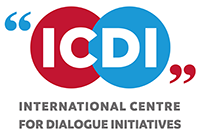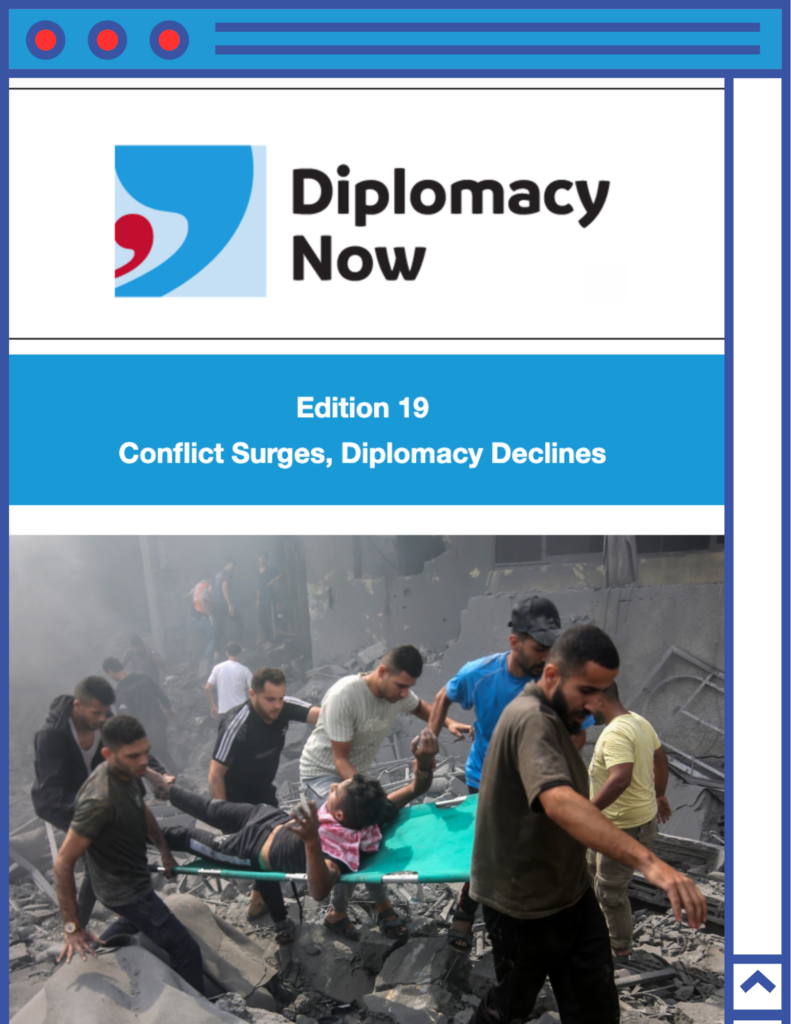This year marks the 75th anniversary of United Nations Peacekeeping. With 12 currently active operations and over 70 successfully completed, UN peacekeeping is one of the global body’s most effective tools to manage threats to international peace and security. Despite this, there is growing concern that UN peacekeeping is no longer ‘fit for purpose.’ Several of the largest UN peace operations are closing – with mixed records of success – and it has been almost ten years since a new mission has been deployed. So, what is causing this crisis of peacekeeping, and how did we get here?
A Brief History of UN peacekeeping
When the UN was formed in 1945, its Charter made no mention of peacekeeping. Instead, peacekeeping was an innovation brought about by the tensions of the Cold War. The UN needed an impartial military force, which could interpose itself between conflicting parties and prevent direct confrontation between the United States and the Soviet Union, the only two nuclear powers at the time.
Because of its ad hoc creation, peacekeeping has always suffered from unclear boundaries as to what it is, and is not, supposed to do. Initial peacekeeping operations were deployed along the borders of states to monitor ceasefires and facilitate the creation of peace agreements. These early ‘traditional’ missions established three ‘core principles’ for peace operations: consent of the conflict parties, impartiality, and the non-use of force except in self-defence. These core principles underpinned the practice of peacekeeping for over thirty years. Peacekeeping during this time was so successful that UN Peacekeeping forces were awarded the Nobel Peace Prize in 1988.
Post-Cold War multidimensional missions
With the end of the Cold War, the role of the UN – and therefore of peacekeeping – expanded dramatically. The number of peacekeeping operations skyrocketed, and peacekeepers began to deploy within states to address civil conflicts. Peacekeeping mandates also expanded, covering everything from observing elections and facilitating political processes to promoting human rights and assisting in the disarmament, demobilization, and reintegration of combatants. Unfortunately, the early success of missions in Namibia, Mozambique and El Salvador was overshadowed by the abject failure of peacekeeping in Somalia, Bosnia, Angola, and Rwanda. The failure of these missions, in particular their failure to protect civilians, badly undermined the legitimacy of the UN and led to the first crisis in peacekeeping. By the mid-1990’s the number of peacekeeping operations deployed had fallen dramatically, while the UN reassessed what role peacekeeping should play in protecting international peace and security. With the new UN Secretary-General Kofi Annan at the helm, the UN attempted to learn from its mistakes.
Missions began to deploy with more robust force postures and mandates with explicit instructions to protect civilians. In some cases, this approach worked, and peacekeepers were able to mange complex conflict with minimal violence. In other instances, however, peacekeepers struggled to address complex domestic and transnational conflicts which targeted civilians, regardless of their force posture or mandate.
The changing nature of conflict
First, the very nature of conflict has changed dramatically since the creation of peacekeeping. Peace operations were originally conceived of as forces that would interpose themselves between two conflicting states. The end of the Cold War saw missions deploy whin states, but often with peace agreements already in place. Post-2000 however, peace operations have struggled to adapt to increasingly transnational, networked conflicts that intersect with transnational criminal and terrorist networks.
The UN has no internal intelligence capacity to speak of, has weak integration mechanisms with international policing institutions, and has explicitly said that “peacekeeping and counter-terrorism operations have distinct and separate objectives” and that “peacekeeping cannot and should not be used as a military counter-terrorism tool.” While these ‘outer limits’ of peacekeeping were defined to preserve the effectiveness of peacekeeping operations, they also mean that peacekeeping operations struggle to be successful in many current conflict contexts.
Blurring the lines between peacekeeping and warfare
Second, the newest imperative of peacekeeping – the protection of civilians – places demands on peacekeeping operations that they simply cannot meet. The UN simply lacks the ability to generate, deploy and pay enough peacekeepers to protect all of the civilians threatened in conflict situations. The peacekeepers that are deployed struggle to have access to enabling capabilities such as helicopters and explosive ordnance removal teams that are vital to civilian protection. Despite these difficulties, the protection of civilians is now one of peacekeepers most notable activities, so when they fail it not only undermines the effectiveness of the peacekeeping mission but the UN as a whole.
Third, changing conflict environments and the need to protect civilians has led to the deployment of peacekeepers where there is no peace to keep. The result has increasingly robust peace operations with offensive force postures and mandates to “use all necessary means” up to and including the use of lethal force. While this has helped peacekeepers be more proactive, it pushes against the accepted principles of peacekeeping and blurs the line between peacekeeping and war fighting. These robust stabilization operations work on behalf of host states to extend their authority. This means that these missions are both partial to one side of the conflict (the state) and engage in offensive force. This makes peacekeepers more likely to be targeted by rebel forces or even civilians because they are seen as part of the conflict.
A crisis of consent and global consensus
Fourth, peacekeeping faces of crisis of consent. Geopolitical shifts and anti-UN sentiment have seen host state governments increasingly withholding or withdrawing their consent for UN peacekeeping operations. Most recently, the ruling junta in Mali withdrew its consent for the UN mission there due to anger over the mission’s criticism of the junta’s human rights record. In the Democratic Republic of the Congo, the UN mission has lost the support of the local population over its perceived failure to protect civilians. The resulting protests led to the deaths of two people and may have accelerated demands for the mission’s departure. Countries in conflict appear less willing to request or accept a peace operations and operations that do deploy can be held hostage to the whims of the host state because broader political support is lacking.
This leads to perhaps greatest challenge to UN peacekeeping, the fragmenting of the current international order facilitated by skyrocketing tensions between the veto-welding members of the UN Security Council (the United States, the United Kingdom, Russia, China and France). Friction arising starting with Syria and including COVID-19 and Russia’s invasion of Ukraine has prevented the deployment of some peacekeeping missions and undermined or limited others due to lack of political support. Gridlock at the UN Security Council has been exacerbated by a decline in the support for multilateral institutions in general, with states – particularly those in the global south – increasingly hesitant to engage in institutions they do not feel represent them. The failure of the UN to effectively manage the conflict in Syria or respond to Russia’s invasion of Ukraine has led many countries to seek more regional or bi-lateral approaches to managing their own conflicts.
Peacekeeping has never been easy. It has always relied on the good will [CM1] of the conflict parties and the political support of powerful states, so when those things disappear missions struggle to succeed. The increasing transnational and dynamic nature of conflict, combined with the new imperative to protect civilians has placed immense strain on peace operations. This has only been exacerbated by the fact that countries are increasingly turning away from multinational institutions to manage conflicts. While there will always be the need for forces to help countries manage their transitions from conflict to peace, but whether or not these countries will continue to turn to the UN is increasingly unclear.
Shannon Zimmerman is a lecturer in strategic studies with Deakin University at the Australian War College. Her research investigates peace operations, specifically the protection of civilians in conflict environments characterized by asymmetric threats. She also studies misogyny motivated terrorism, looking at the online groups in the ‘Manosphere’. Shannon received her PhD from the University of Queensland in 2019 and her Masters in Conflict Resolution from Georgetown University in 2012.




